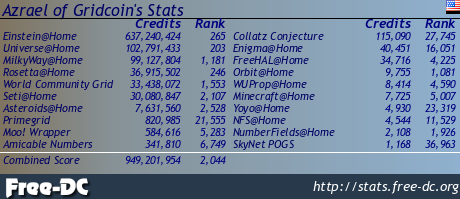Amstrad Computer User (June 1991)

Cover of the June 1991 issue of Amstrad Computer User
Most in North America probably have never heard of the Amstrad CPC but it was quite a popular computer in Europe in the 1980s and early 1990s. While there were many upgraded variations over the years, the original CPC 464 was the most popular. It featured 64K of RAM and a Z80A processor running at 4 MHz. Amstrad Computer User was a magazine dedicated to these machines. The June 1991 issue includes:
Regulars
- News - A brief look at the Virtuality virtual reality system; Thunder Jaws released by Domark; new Seikosha LT20 dot matrix printer designed for laptops; and more.
- Letters - Readers write in about the Star LC200 color printer, CPC 464+ connection differences, finding Amstrad games, Maxwell House BBS, MaxiDOS, and more.
- 10-Liners - Short type in programs including the Hawaii Five-O theme, scrolling text demo, a graphics demo that splits the screen into nine parts, and a word search.
- Hairy Hacker - Hacks for Robin Hood, Ranarama, Harrier Attack, Cybernoid II, Nebulus, and more.
- Combat Zone - A look at some of the latest arcade games including the new Virtuality system, Ramparts, GP Rider, and Borench.
- The Dungeon Master - A column on adventure/RPG games. This month: ways to obtain older adventure games; the demise of The Interceptor Group; some new games including Yarkon Blues, orb Quest, The Case of the Mixed-Up Shymer, Talisman, and more; plus hints for several games and more.
- Gameplan - Game reviews for Fists of Fury (Virgin Games), Emlyn Hughes Arcade Quiz (Audiogenic), Extreme (Digital Integration), Grand Prix (D&H Games), Thunder Jaws (Domark), Helter Skelter (Audiogenic), and 3-D Construction Kit (Domark). Plus a look at various budget games including Gemini Wing, The Real Ghostbusters, Driller, Passing Shot, European Soccer, Rambo III, and more.

Table of Contents from the June 1991 issue of Amstrad Computer User
Features
- Competition - A competition in which you can win a large inflatable shark, sponsored by Domark and a promotion for Thunder Jaws.
- CP/M+ - Most Z80 based computers had a version of CP/M for them and the Amstrad was no exception. This is the last part in a series looking into CP/M+.
- CPC Network - Setting up a network of CPC computers running CP/M using Simplenet.
- Print Power - A look at a few "low cost" 24-bin dot matrix printers, including the Citizen 124D, Star LC24-10, Panasonic KX-P1123, and Seikosha SL-92. Low cost in this context meant about $300.

Back cover of the June 1991 issue of Amstrad Computer User
Read more: https://www.megalextoria.com/wordpress/index.php/2023/08/30/amstrad-computer-user-june-1991/
Check out my other Social Media haunts (though most content is links to stuff I posted on Hive or reposts of stuff originally posted on Hive):
Wordpress: https://www.megalextoria.com/wordpress
Tumblr: https://www.tumblr.com/blog/darth-azrael
Twitter: https://twitter.com/Darth_Azrael
Blogger: https://megalextoria.blogspot.com/
Odyssee: https://odysee.com/@Megalextoria:b
Rumble: https://rumble.com/c/c-2385054
Daily Motion: https://www.dailymotion.com/Megalextoria
Books I am reading or have recently read:
The Lies of Locke Lamora by Scott Lynch
The Kingdom of Bones by James Rollins
Republic of Thieves by Scott Lynch

Amstrad even in europe was less popular than Spectrum, Commodore or Atari but it was very interesting piece of hardware, from what I remember quite capable.
Active demoscene as well.
The CPC did survive a long time though. Introduced in like 1983 and here's a magazine still active for it in 1991. It was almost as long lived as the C64 and Spectrum. I know Spectrum and the Commodore 64 were huge in Europe. The Amiga and Atari ST later on too. My perception is that the Atari 8-bit (Atari 400/800/etc.) line was virtually unheard of in Europe though.
Atari 65 and 130 to smaller degree were very strong in Poland - the reason was one of two big shop networks that were importing western goods was selling Atari, while the other one was importing Commodore.
Price was like 2 or 3 salaries but it was trendy to have one ;)
When the Atari 8-bit line first came out in the U.S. (all the way back in 1978 I think) it was very expensive. However, by the time the 65XE and 130XE came out (in 1985 or 1986 I think) they were quite cheap. But by that time they weren't very popular here. In the mid to late 1980s it was the Commodore 64 and Apple II that had all the popularity. The Amiga and to a lesser extent the Atari ST were also popular but by the time the Atari 1200 came along, the PC was already starting to take over everything. They all hung on through the early 1990s though.